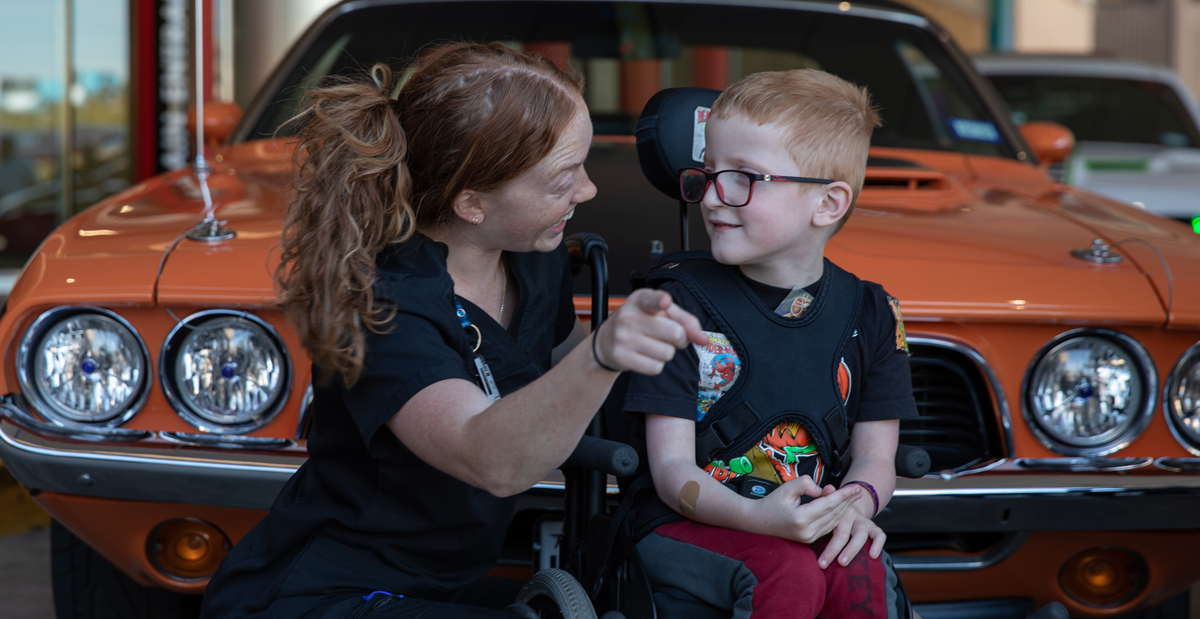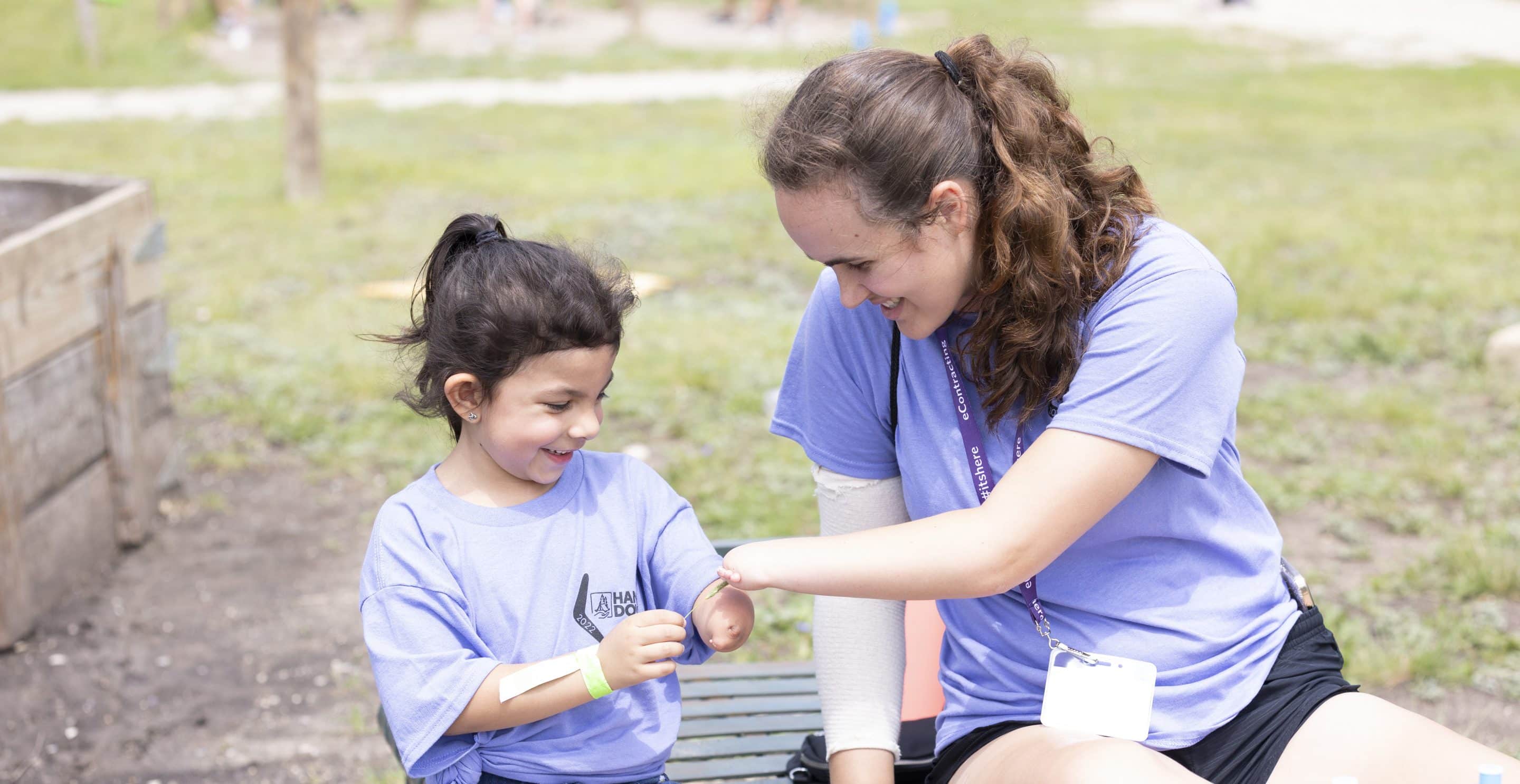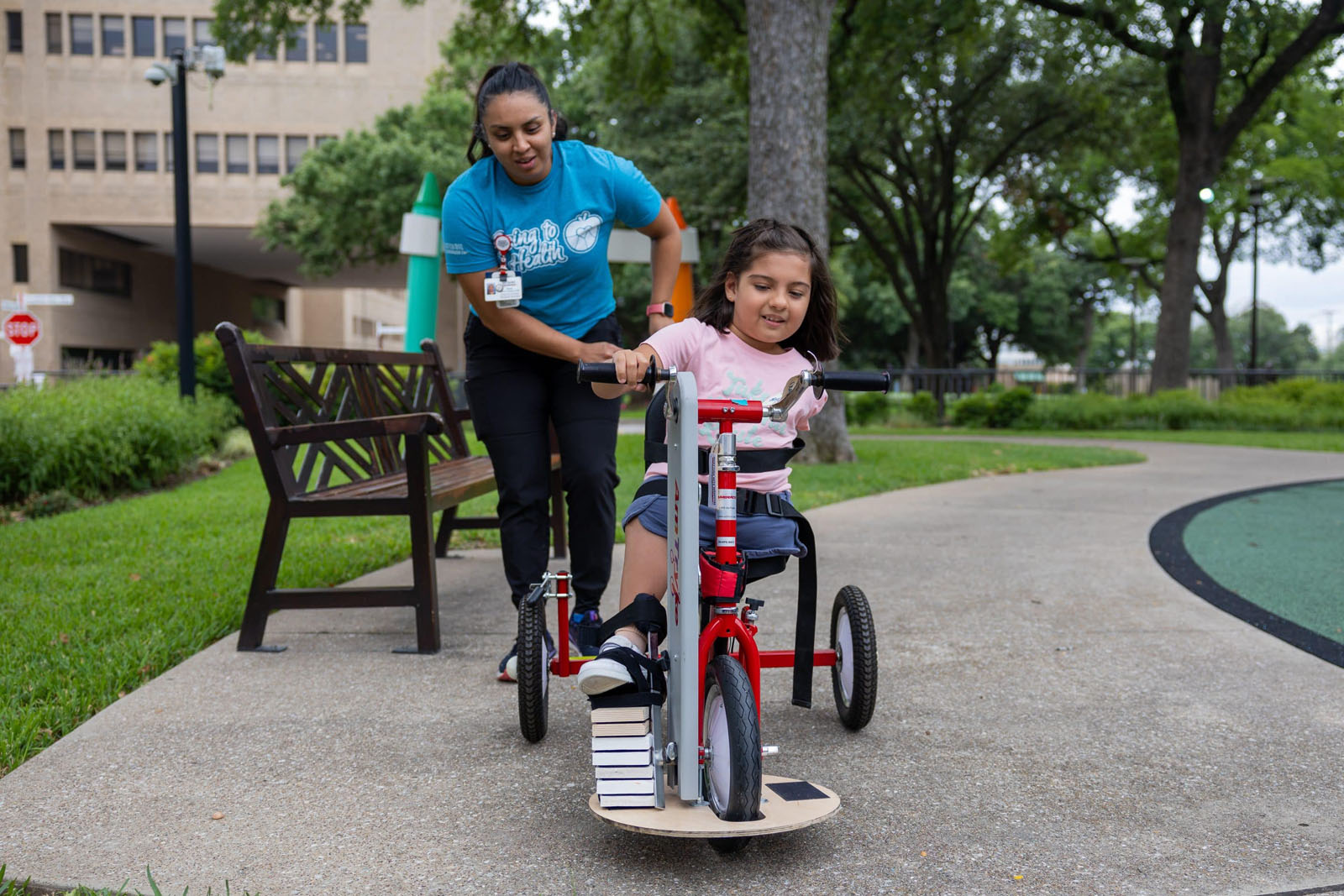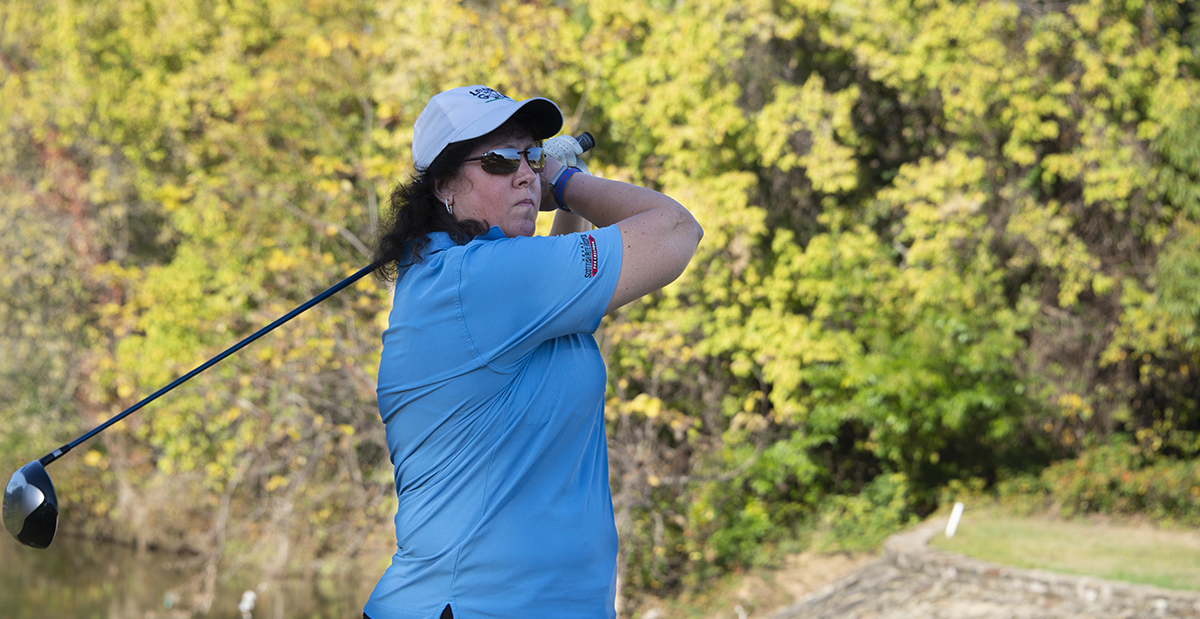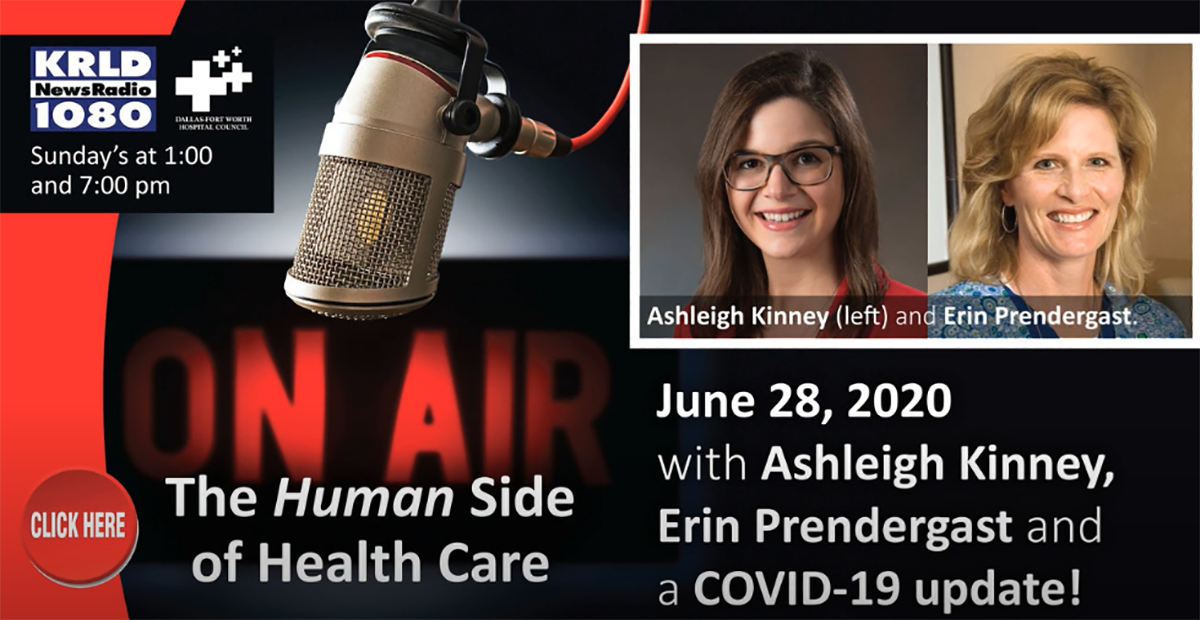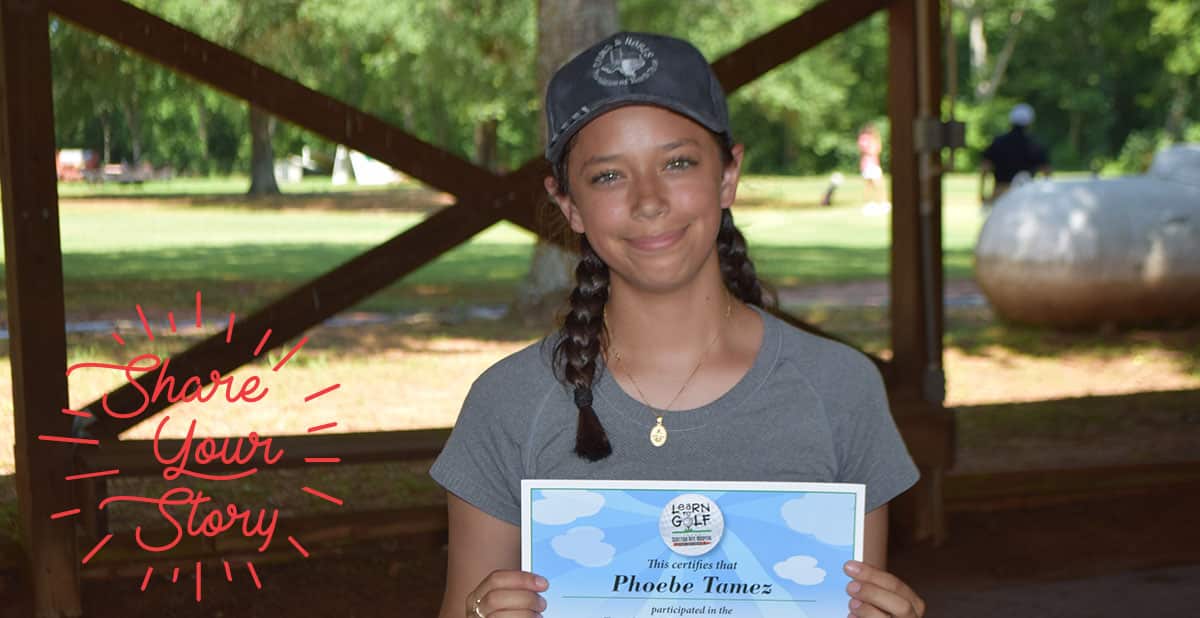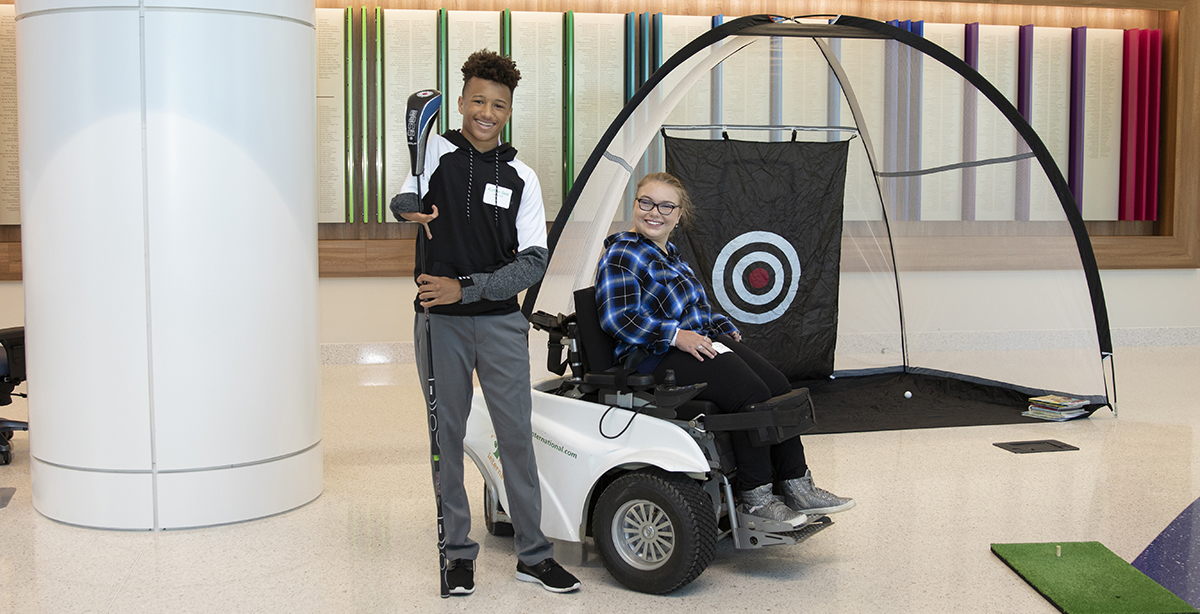At Scottish Rite for Children, our experts provide care to the whole child – body, mind and spirit. The Neurology and Rehabilitation Medicine department sees children with orthopedic issues who also have related neurological disorders and neuromuscular diseases. One...
